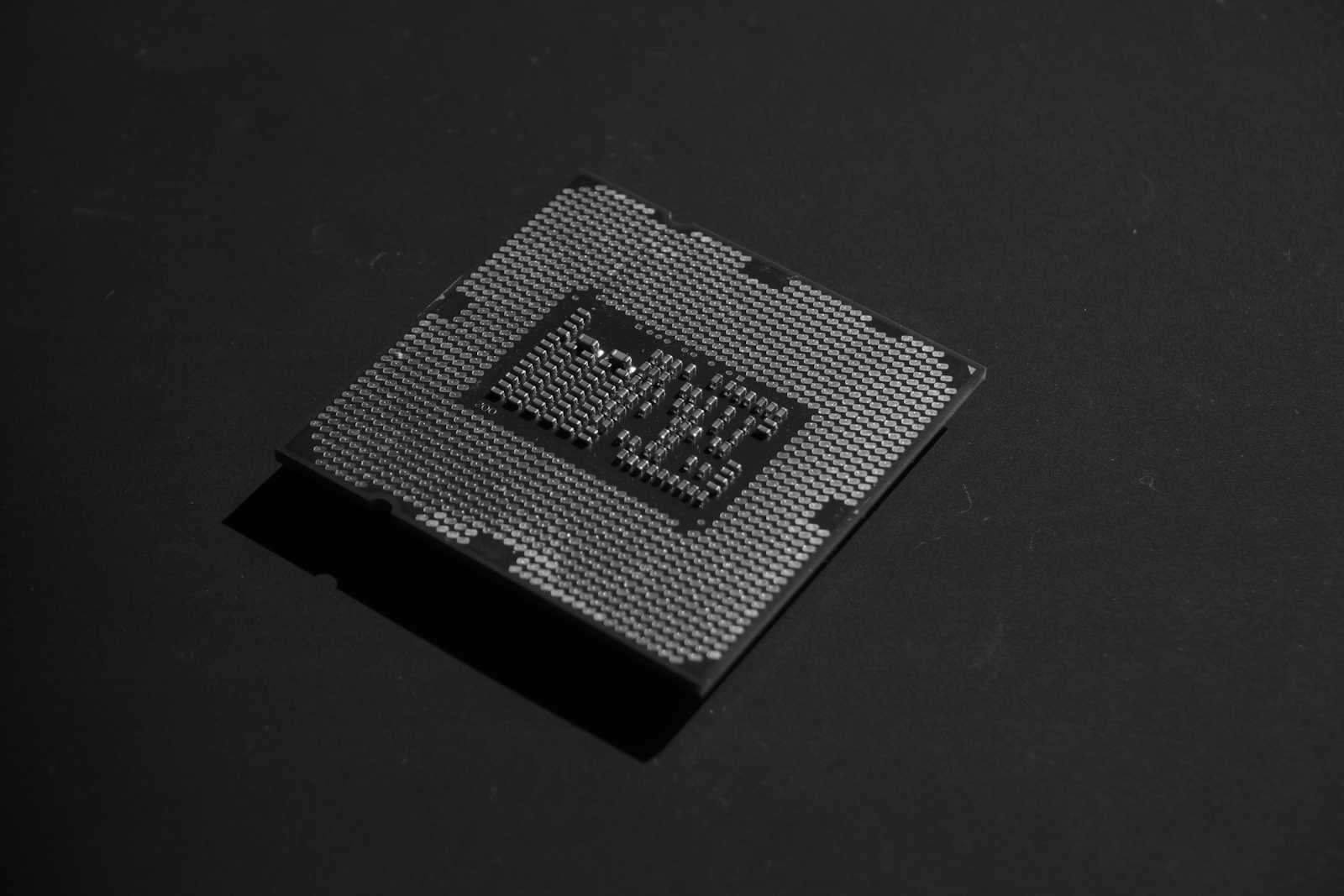Homomorphic Encryption: Performing Computations on Encrypted Data
 Faiz Ahmed Farooqui
Faiz Ahmed Farooqui
🧐 What is Homomorphic Encryption?
Homomorphic Encryption (HE) is a revolutionary cryptographic technique that allows computations to be performed on encrypted data without decrypting it. The result, when decrypted, matches the outcome of operations performed on the original plaintext data.
🔹 Why is Homomorphic Encryption Important?
✔ Ensures Data Privacy – No need to expose plaintext data for processing.
✔ Secure Cloud Computation – Allows outsourced computations on encrypted data.
✔ Prevents Data Leaks – Ideal for sensitive data like healthcare & finance.
🔑 How Homomorphic Encryption Works
Unlike traditional encryption, where data must be decrypted before processing, HE enables direct computation on encrypted data.
graph TD;
User[🧑💻 User Encrypts Data] -->|Sends Encrypted Data 🔐| Server[🌐 Cloud Server]
Server -->|Performs Computations 🔢| ProcessedData[🔄 Encrypted Computed Result]
ProcessedData -->|Returns Encrypted Result 📩| User
User -->|Decrypts with Private Key 🔑| FinalResult[✅ Correct Computation]
style User fill:#c2f0c2,stroke:#333,stroke-width:2px
style Server fill:#f9c2c2,stroke:#333,stroke-width:2px
style ProcessedData fill:#87cefa,stroke:#333,stroke-width:2px
style FinalResult fill:#fdfd96,stroke:#333,stroke-width:2px
📌 Key Steps in Homomorphic Encryption
✔ User encrypts the data before sending it to a cloud or third-party service.
✔ Server performs computations on the encrypted data without decryption.
✔ User decrypts the result after receiving the processed encrypted output.
🔹 Types of Homomorphic Encryption
| Type | Operations Supported | Example Use Cases |
| Partially Homomorphic (PHE) | Supports either addition or multiplication, but not both | Encrypted authentication |
| Somewhat Homomorphic (SHE) | Supports limited operations before requiring decryption | Secure AI training |
| Fully Homomorphic (FHE) | Supports any mathematical operation on encrypted data | Cloud computing, healthcare analytics |
📌 FHE is the ultimate goal, but it’s computationally expensive.
🛠️ Implementing Homomorphic Encryption in Node.js
Want to see Homomorphic Encryption in action? Here’s an example using the Paillier cryptosystem, a Partially Homomorphic Encryption (PHE) method that supports addition on encrypted values.
📌 Step 1: Install a Homomorphic Encryption Library
npm install node-paillier
📌 Step 2: Generate Key Pair for Encryption
const paillier = require('node-paillier');
// Generate Public & Private Keys
const { publicKey, privateKey } = paillier.generateRandomKeys(2048);
console.log("🔑 Public Key:", publicKey);
console.log("🔐 Private Key:", privateKey);
📌 Step 3: Encrypt Two Numbers & Perform Addition on Encrypted Data
// Encrypt two numbers
const num1 = 15;
const num2 = 10;
const encryptedNum1 = publicKey.encrypt(num1);
const encryptedNum2 = publicKey.encrypt(num2);
console.log("🔐 Encrypted Number 1:", encryptedNum1.toString());
console.log("🔐 Encrypted Number 2:", encryptedNum2.toString());
// Perform Addition on Encrypted Data
const encryptedSum = publicKey.addition(encryptedNum1, encryptedNum2);
console.log("➕ Encrypted Sum:", encryptedSum.toString());
📌 Step 4: Decrypt the Computed Result
// Decrypt the computed sum
const decryptedSum = privateKey.decrypt(encryptedSum);
console.log("✅ Decrypted Sum:", decryptedSum); // Output: 25
🚀 Final Thoughts
Homomorphic Encryption enables secure computation on encrypted data, opening the door for privacy-preserving AI, secure cloud computing, and confidential financial operations.
✅ Use PHE for simple operations like authentication.
✅ SHE is great for structured AI and analytics models.
✅ FHE is the future but still requires performance optimizations.
Would you like a deep dive into Fully Homomorphic Encryption (FHE) and its real-world applications? Let’s discuss in the comments! 👇
About Me 👨💻
I'm Faiz A. Farooqui. Software Engineer from Bengaluru, India.
Find out more about me @ faizahmed.in
Subscribe to my newsletter
Read articles from Faiz Ahmed Farooqui directly inside your inbox. Subscribe to the newsletter, and don't miss out.
Written by

Faiz Ahmed Farooqui
Faiz Ahmed Farooqui
Principal Technical Consultant at GeekyAnts. Bootstrapping our own Data Centre services. I lead the development and management of innovative software products and frameworks at GeekyAnts, leveraging a wide range of technologies including OpenStack, Postgres, MySQL, GraphQL, Docker, Redis, API Gateway, Dapr, NodeJS, NextJS, and Laravel (PHP). With over 9 years of hands-on experience, I specialize in agile software development, CI/CD implementation, security, scaling, design, architecture, and cloud infrastructure. My expertise extends to Metal as a Service (MaaS), Unattended OS Installation, OpenStack Cloud, Data Centre Automation & Management, and proficiency in utilizing tools like OpenNebula, Firecracker, FirecrackerContainerD, Qemu, and OpenVSwitch. I guide and mentor a team of engineers, ensuring we meet our goals while fostering strong relationships with internal and external stakeholders. I contribute to various open-source projects on GitHub and share industry and technology insights on my blog at blog.faizahmed.in. I hold an Engineer's Degree in Computer Science and Engineering from Raj Kumar Goel Engineering College and have multiple relevant certifications showcased on my LinkedIn skill badges.